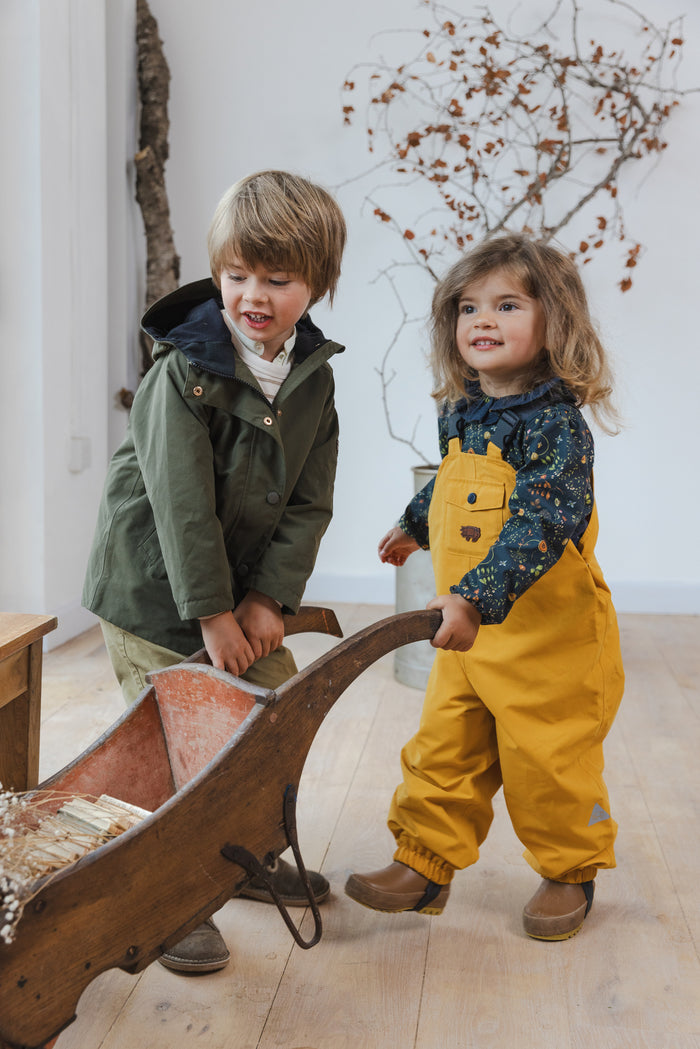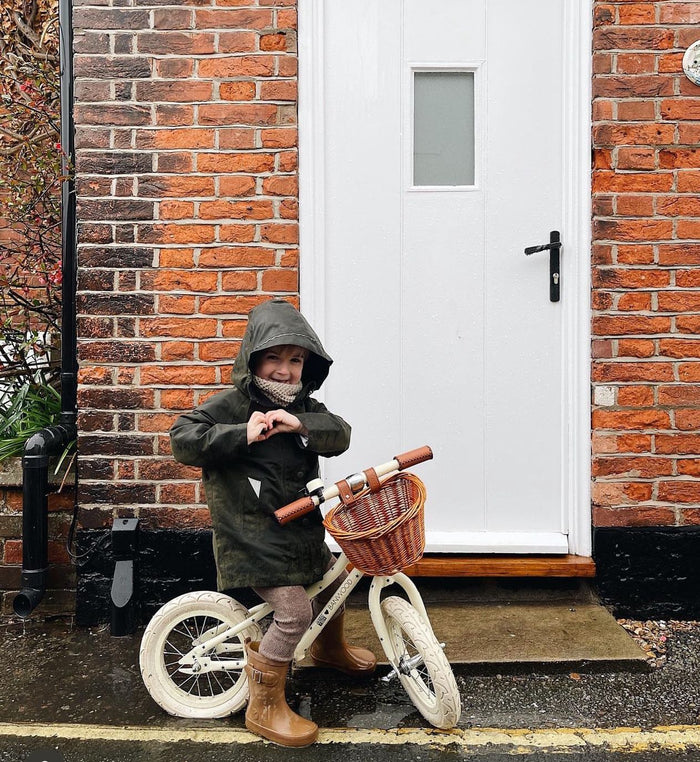I was curious to read recently as to why leaves turn golden in Autumn. The leaves on a tree act as the vital organs keeping the tree alive. Young, fresh, green leaves photosynthesise sunlight into sugar, which is 'eaten' by the tree throughout the year. Once the days get darker and there is less sunlight to feed from, the tree begins to suck all the remaining sugars from the leaves, turning the leaves all shades of vibrant fire. The dead leaves must then drop from the tree to allow the next generation of green leaves to shoot out and begin the whole incredible process again.
A little more elusive are insects that hide under these leaves and busy themselves in the depths in your garden.

This type of Bug Hotel, made using old loo roll holders within a cardboard box, is perfect for placing somewhere warm and sheltered like a green house.
Bug Hotels will draw a fascinatingly diverse array of insects and creatures in, you could find anything from sleepy bees to hedgehogs looking to check in for a night or two. Maybe they'll like it so much they'll look to lease on a longer term arrangement.
Types of insects that you might find in the Bug Hotel are bees. Bees and other pollinating species help with pollination. Pollination results in the production of seeds and is necessary for many plants to reproduce. Those busy bees are ensuring we have constant wonderful - and essential - new growth and diversity within the natural world. As a reward for playing this huge part in the ecosystem, bees enjoy the nectar from the flowers that they visit. This, in turn, becomes honey which is so enjoyed by Pooh Bear and myself, on a hot buttered crumpet. So you see, from your Bug Hotel giving the bees somewhere safe to shelter, ultimately comes the jars of sticky goodness we know and love.
Other small insects help attract birds and are essential for soil and other garden benefits. Your little Bug Hotel might attract these insects which will naturally add essential advantages to your garden.
Our whole planet is intertwined and we must work with nature to be able to continue enjoying the many benefits that it brings us.
How to build your Bug Hotel (you can download the free PDF here):

And the end results might look a little like this! However Big Hotel's come in many shapes and sizes and the bug's will love their new residence for its beautiful imperfections and warm, snuggly hideaways.

Et, voila! We are taking booking for Christmas in the Bug Inn.
And some super cool, interesting facts about bugs to dazzle your friends with at school:
- Dragonflies have been on this earth for 300 million years. When you consider that Dinosaurs roamed the earth around 65 million years this is quite staggering.
- One dung beetle can drag up to 1,141 times it's own weight - that is the equivalent of you hooking onto SIX double decker buses full of people - and dragging them home.
- Caterpillars have 12 eyes. So if you ever feel like someone is watching you from under the leaves ....
When Caterpillars are between 2-4 weeks old they begin to make a 'chrysalis' or cocoon. When they emerge (between 5-21 days later) they have transformed into beautiful butterflies or moths.
- Large groups of Fireflies sometimes flash their lights in unison, creating a wonderful light show like no other!
Scientists aren't 100% agreed on why they do this, but they believe that it's a mating 'dance' to make themselves more visible to the females.
And finally ....
- Great Water Boatmen breathe through their bottoms 🤭
We would love to see your Bug Hotels so please share any photos with us on instagram @toastiekids ..we would love to see the build and meet the creepy crawly magnificently busy residents!
🐞. 🐛 🦗







